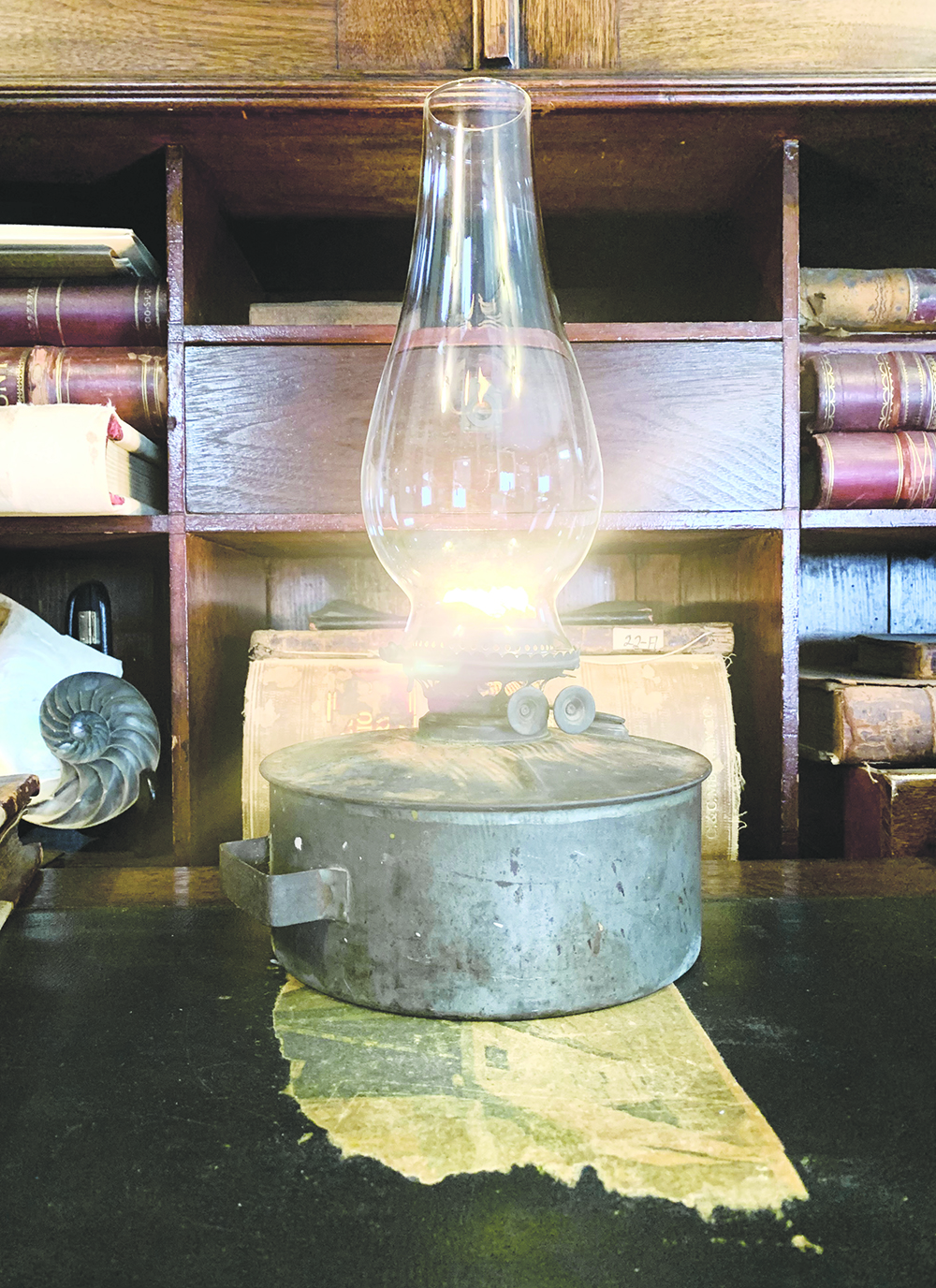It’s safe to say that in the not-so-distant past, every farm and many households in Greene County raised chickens to have a steady supply of fresh eggs. Many people, both on and off the farm, do today as well.
If you have hens and a rooster, chances are you might try hatching some of your own eggs. In the “natural world” so to speak, Hens will gather a clutch of eggs, not necessarily all their own, and sit on them for roughly 21 days, keeping them warm until they ultimately hatch. Hens that have a strong desire to sit on eggs are considered “Broody.” However, selective breeding over many, many years focused solely on egg production has caused hens to lose this broody nature. In today’s world, you often will use an electric brooder that is heated, some even automatically rotate the eggs, and it can be a totally automated process.
In ages past, they had the need to incubate eggs and keep them warm, so that they could hatch. However, this was an entirely less automated process.
Such was the need for a Brooder Heater, as shown in the photo here. This specific type of heater could be used to heat a Coop, a Brooder House (A small structure designed solely for the process of incubating eggs) or a Brooder Box, basically just a box with a heater to keep the eggs warm.
Note that this specific Brooder heater has a glass chimney. This is likely not original. In many cases the chimney (used to encase the burner and the flame) was made from either tin or galvanized steel, often with a mica window to see the size of the flame to help regulate temperature. Sometimes, they would come with attachments that could be used to candle eggs. Candling eggs is an extremely old method used to determine if an egg is fertilized and developing. Basically, you focus light on the egg, and you can see if there is a developing embryo or chick inside the shell.
Our agricultural past is something that is slowly becoming a thing of the past, and artifacts such as this can be an instant reminder of the way of life remembered by our parents and grandparents and many generations before them.
Please keep an eye on our Website and Facebook page for more information on our opening day and other events in our 2025 season.
